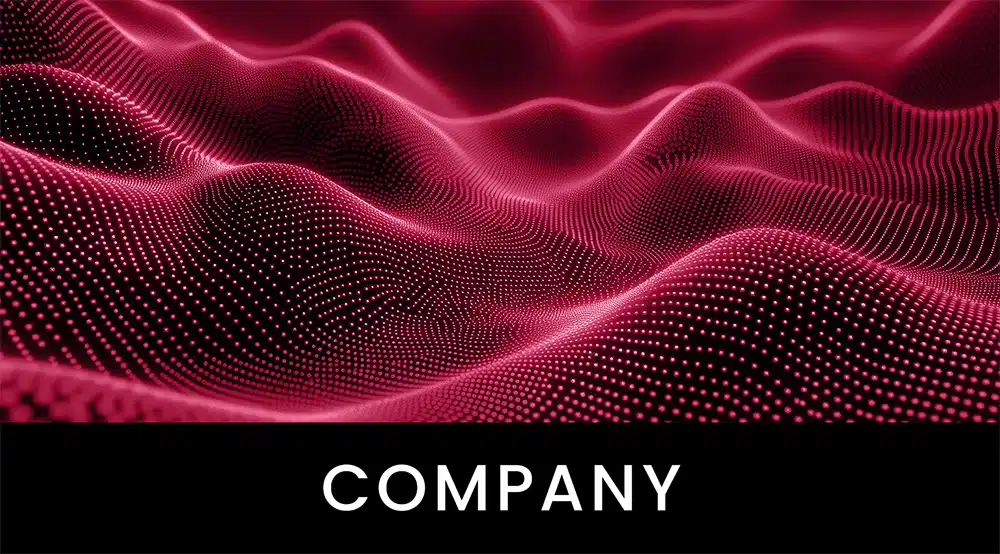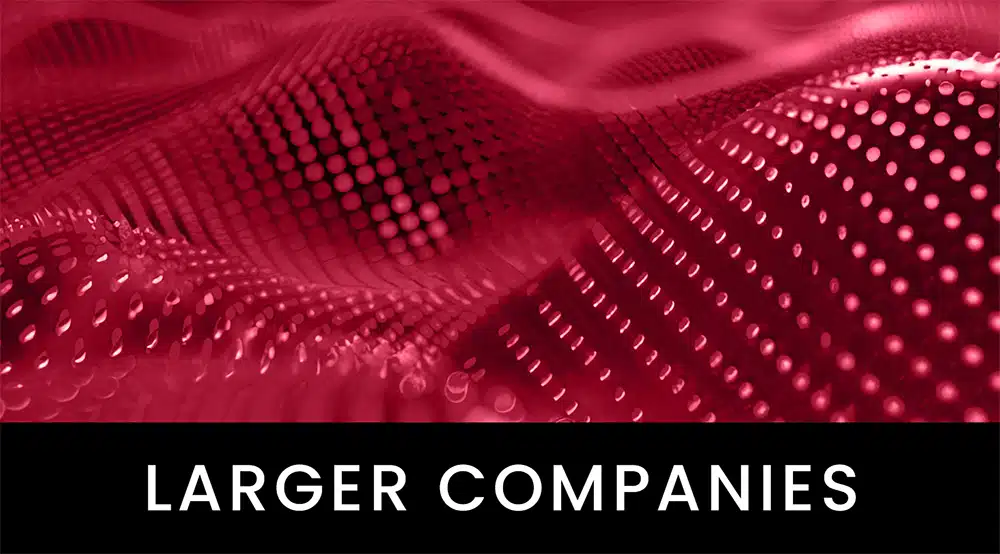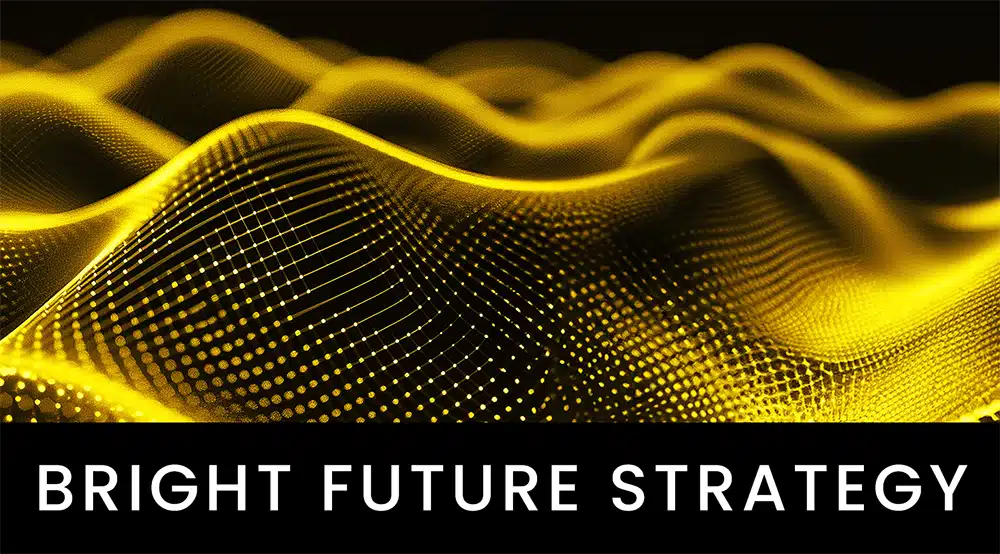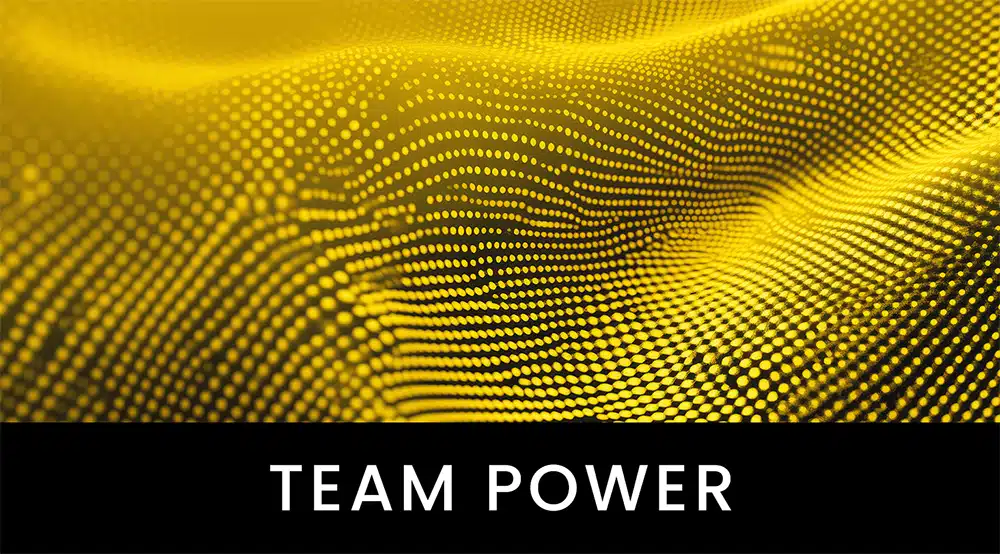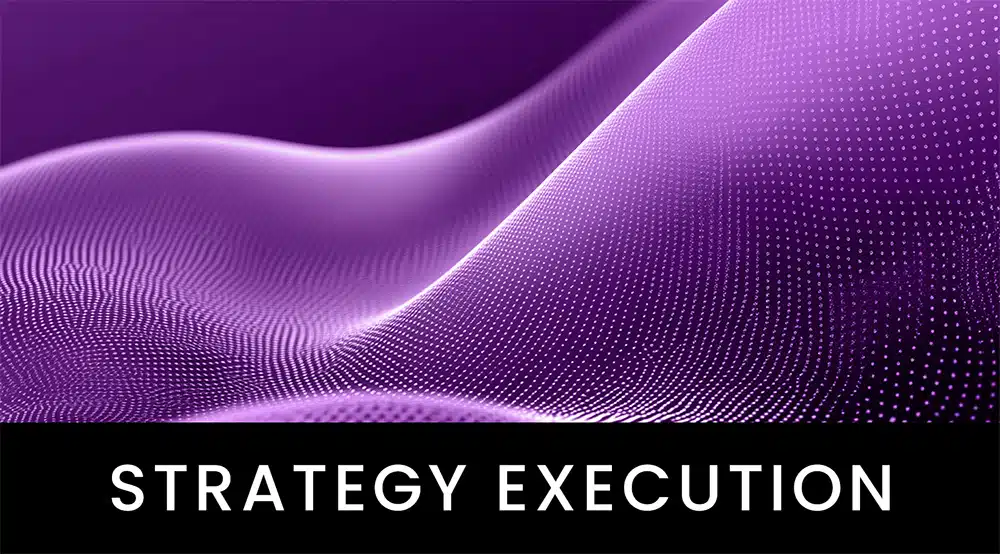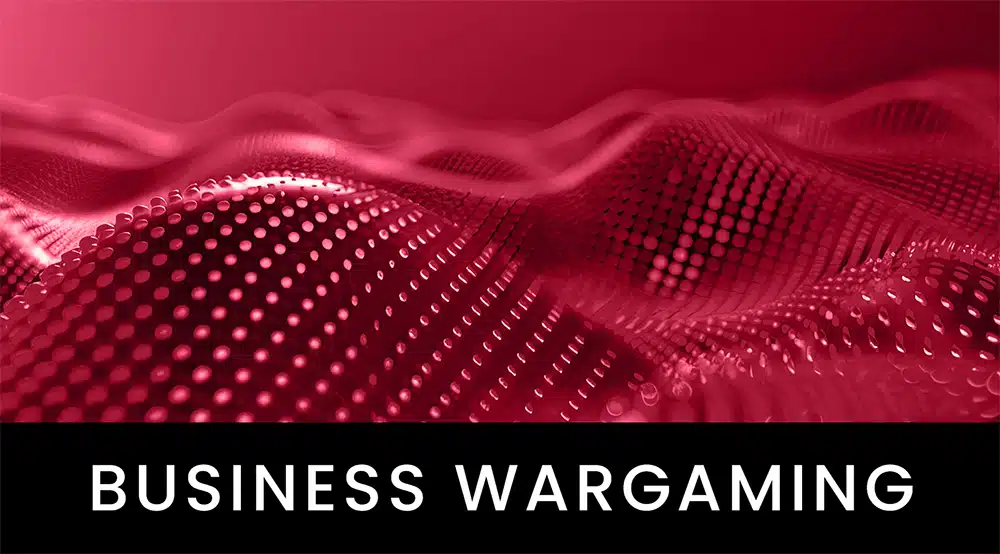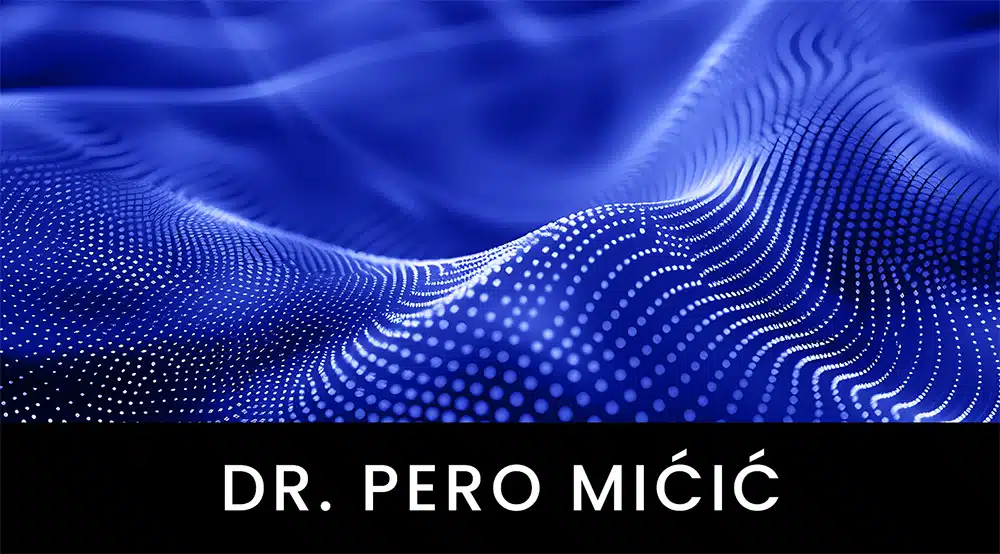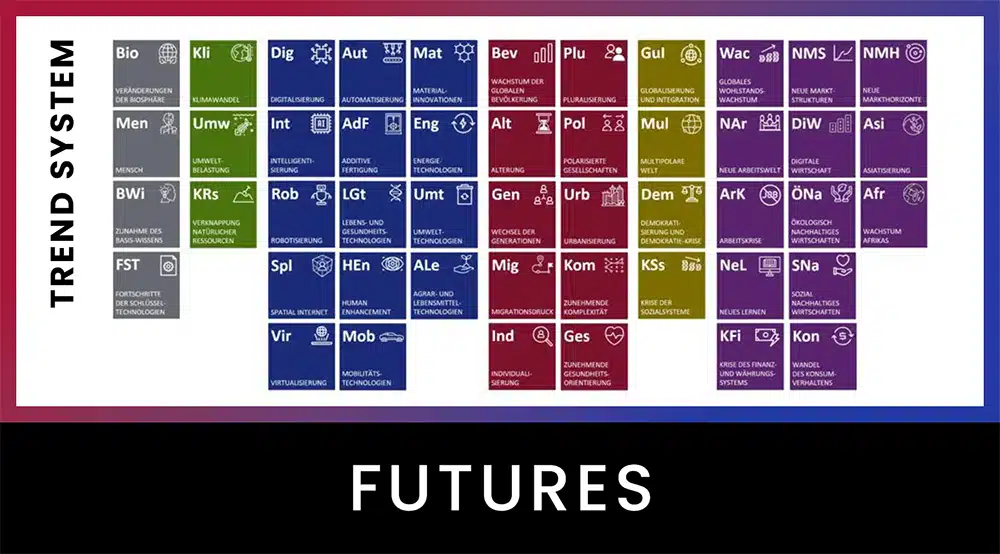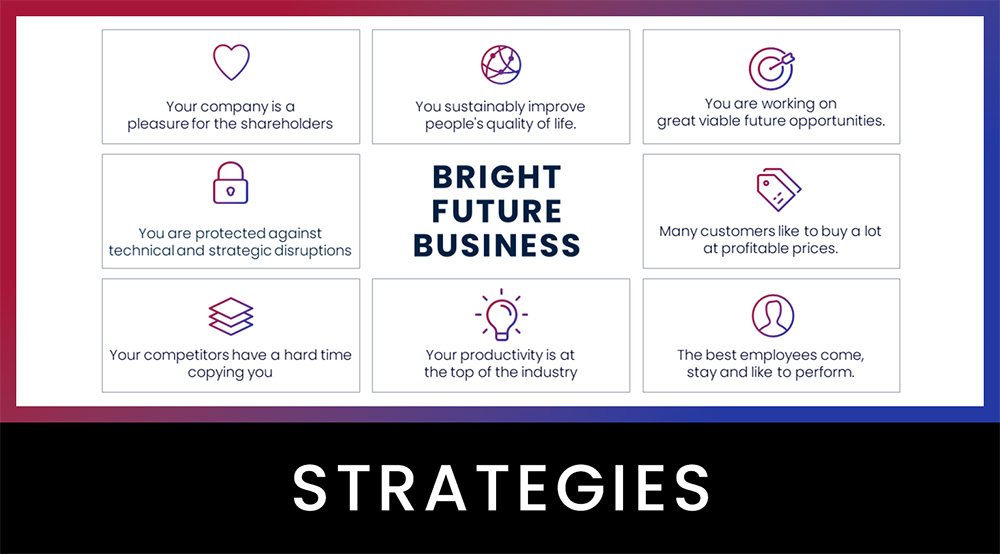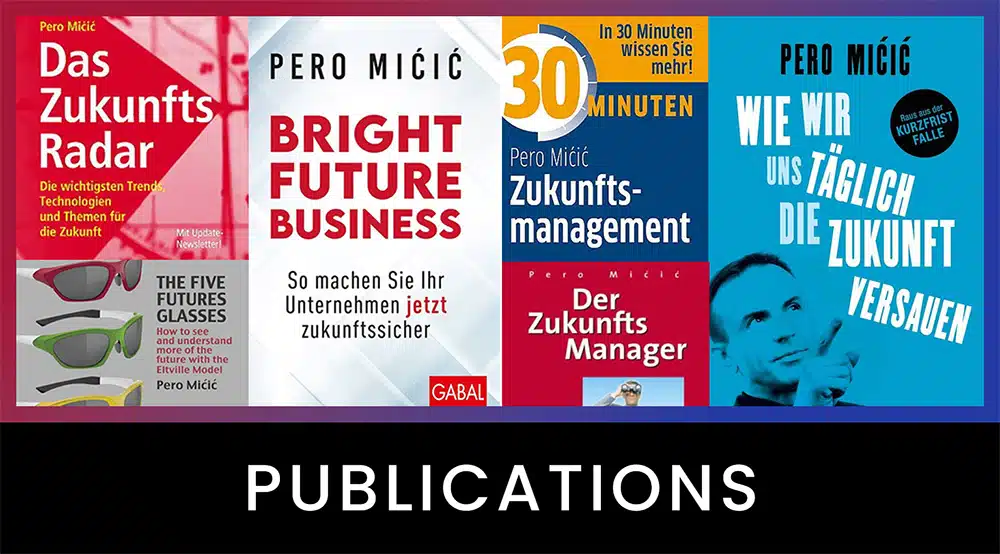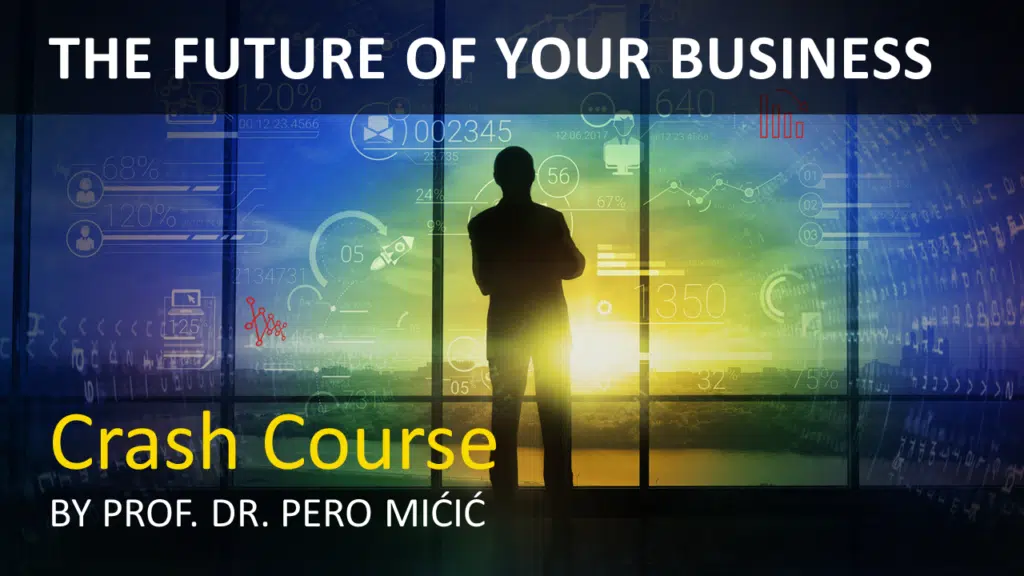Fuád Abuschuscha
So-called “outcome-based medicine” is increasingly becoming a requirement or prerequisite. That is, it is necessary to prove that the device or procedure you are using is really effective. It is not enough to assume that it appears to be effective; rather, you are required to demonstrate in detail that your method is effective and has a positive effect. Only if you meet these requirements, it is possible for you to generate business with it.
First of all, this makes a lot of sense for the patient, the advantages are obvious.
On the other hand, these requirements also represent a major hurdle.
With the increasing amount of information that is available today and will be available in the future, it will be possible to use that information to better demonstrate just that efficacy. Currently, it is often difficult to determine whether efficacy is influenced by or depends on the type of application, the treating physician, or perhaps the device used.
Especially in the use of medical technology, a large number of components regularly play a role, making the whole thing very opaque.
The increasing use of these systems and the requirements imposed by society, authorities and regulations make it necessary for you to find a way to reliably prove the effectiveness of your products. One way might be to learn to use the information you have in a way that you can use it to prove effectiveness.
What can this look like in practice?
If we assume that “outcome based medicine” is the (gold) standard, then being able to deliver the same effect in a radically different way that is less costly and less fraught with side effects obviously offers a huge advantage. We look at three examples of this below.
Ada a start-up from Berlin, has set itself the task of detecting diseases at an early stage, when they are still a “€10 problem” and have not yet become a “€10,000 problem” or, in the worst case, are no longer treatable. This is because rare diseases in particular are often overlooked, which is in the nature of things.
Another example is Be my eyes . This platform is designed for people who have very poor vision or are completely blind. You can borrow eyesight from another person through the platform. Let me illustrate this with a concrete case: An elderly lady who knits a bit, but is unfortunately color blind, uses this service to get someone to tell her whether the color choice is okay and the whole thing looks harmonious. The other is anyone who is in any place in the world and uses two minutes of their time to “donate” their sight to someone. He does not receive any money for this, but the good feeling of having helped with little effort. I recommend you give it a try!
A third example, which is somewhat closer to medical technology, is the computer game EndeavorRx . This is the first computer game in the U.S. that is available by prescription and prescription only. There was quite a large study done on this, which showed that the game has a positive effect on children with ADHD. One third of the participating children who played the game for a month, five days a week, for half an hour a day each, showed no more behavioral problems afterwards. It is important to note that this study should be taken with a grain of salt. The publishers of the study are massively invested in the computer game company and accordingly have a huge financial interest in its success. However, the example shows that work is being done on such approaches, and that is primarily the point. It is precisely such approaches to deliver the same effect with completely new solutions that will be seen more and more in the future.
These new approaches have the potential to be highly disruptive, because whether it’s a scalpel or diagnostic products, there will be ways to achieve the same effect in radically different ways. You have a problem exactly when this radically different way is very simple and easy. That’s why you should think about how to make your products, systems and services radically different. Then you are prepared. “Outcome-based medicine” offers you the occasion to address precisely this rethinking of impact.
Follow these links as well:
► The Future Strategy Program for SMEs
► Free video crash course THE FUTURE OF YOUR BUSINESS
► BUSINESS WARGAMING for robust business and future opportunities
► KEYNOTES by Pero Mićić for your employees and customers
Have a bright future!

